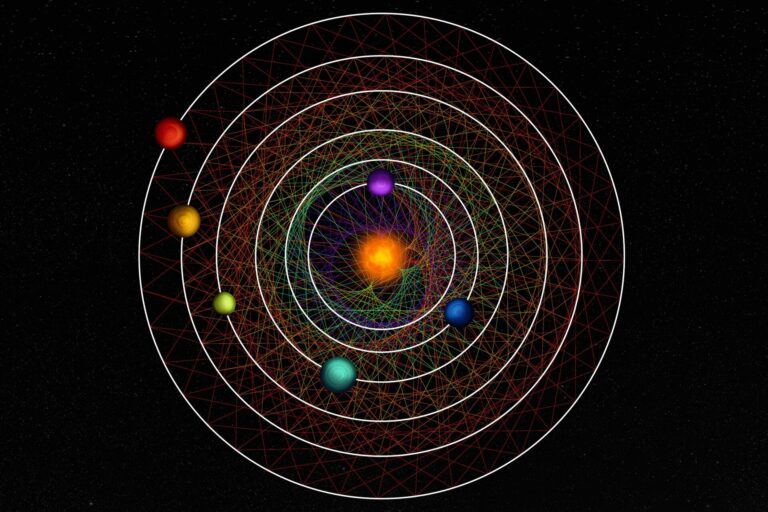A New Discovery: The Largest Known Prime Number

On October 21, 2024, a new record-breaking prime number was discovered, marking a significant achievement in the field of mathematics. The number, known as a Mersenne prime (M136279841), is expressed as 2136,279,841-1. It has a staggering 41,024,320 digits, surpassing the previous record-holder by over 16 million digits.
This discovery was made by Luke Durant, an amateur mathematician and former Nvidia employee, who utilized the Great Internet Mersenne Prime Search (GIMPS) program to achieve this feat. “It [finding the number] was a pretty big surprise, but I had been working hard to grow the system, so stayed aware of a relatively decent chance”, Durant Told New Scientist‘s Matthew Sparkes.
Mersenne primes, named after the French monk Marin Mersenne, follow a unique form where they are expressed as2P-1, where p itself is a prime number. Though primes are often used in fields like cryptography, finding new ones, especially of such a large scale, is a challenging computational task.
Durant’s discovery was made possible by leveraging thousands of GPUs distributed across several data centers worldwide, which highlights the growing role of cloud computing in mathematical research.
The discovery of this new prime not only pushes the boundaries of what is known in number theory but also demonstrates the collaborative spirit of projects like GIMPS, where enthusiasts around the world contribute computing power to search for new prime numbers.
This is the 52nd Mersenne prime ever discovered, and it underscores the continued fascination with prime numbers, which are sometimes referred to as the “atoms of integers” due to their fundamental role in mathematics.
Prime numbers have long fascinated both amateur and professional mathematicians. An integer greater than one is called a prime number if its only divisors are one and itself.
The first prime numbers are 2, 3, 5, 7, 11, etc. For example, the number 10 is not prime because it is divisible by 2 and 5. A Mersenne prime is a prime number of the form 2P-1.
The first Mersenne primes are 3, 7, 31, and 127 corresponding to P = 2, 3, 5, and 7 respectively. There are now 52 known Mersenne primes.





